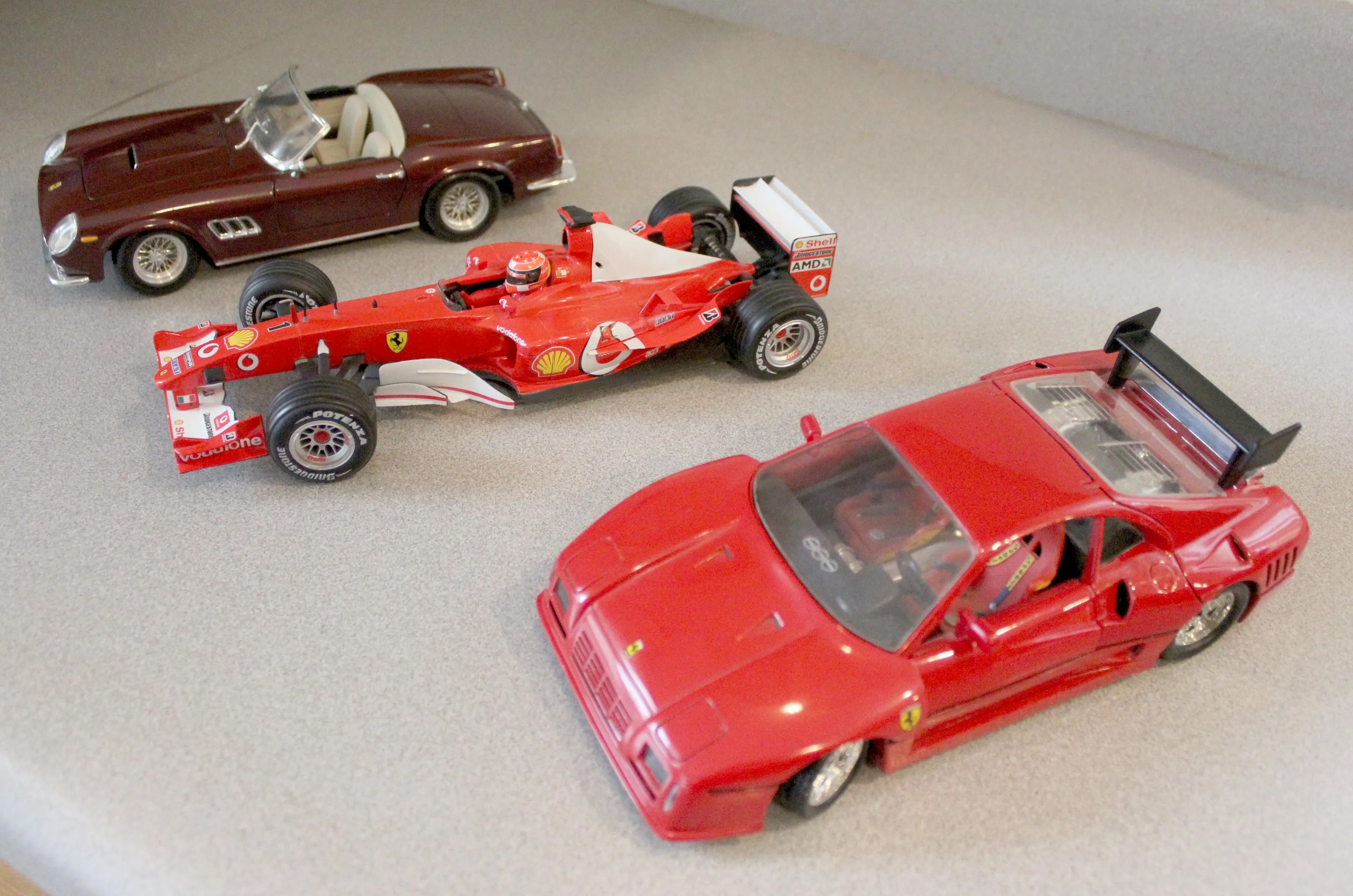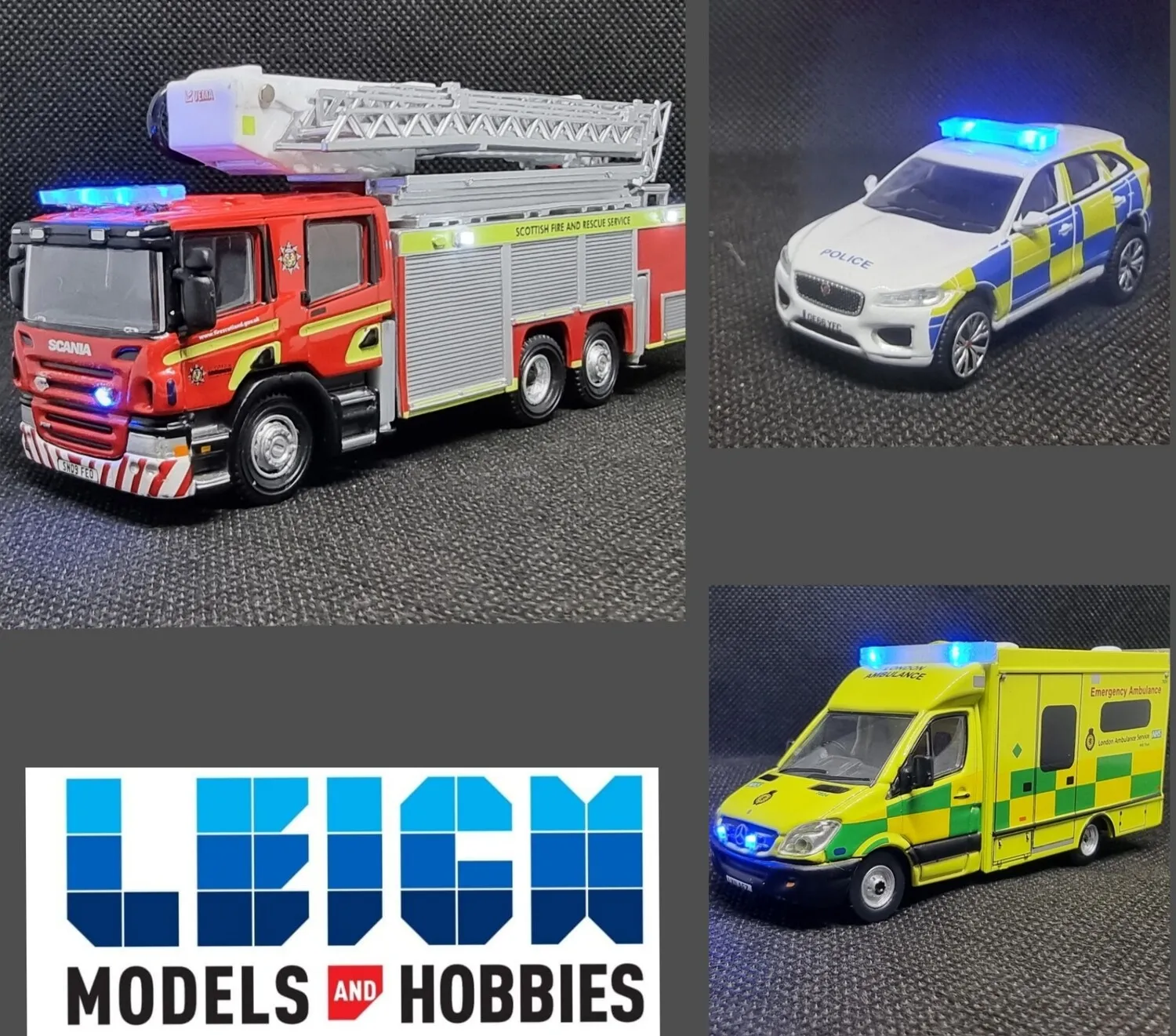What are Diecast Models
Diecast models are miniature replicas of vehicles, typically automobiles, aircraft, and other modes of transport, manufactured using a die-casting process. This process involves injecting molten metal, usually zinc alloy, into molds to create detailed and accurate representations of the real-life counterparts. These models have captivated enthusiasts for generations, offering a tangible connection to the world of transportation, history, and design. The appeal of diecast models lies in their craftsmanship, the variety of available subjects, and the opportunity they provide for collecting and display. They range from simple toys to highly detailed, collector-grade pieces, reflecting a wide range of price points and levels of sophistication. The best diecast models are known for their accurate details.
The History of Diecast Models
The history of diecast models is a fascinating journey that mirrors the evolution of manufacturing and collecting hobbies. The earliest diecast toys appeared in the early 20th century, initially crafted from lead and later transitioning to zinc alloys. These early models were often simple toys, designed for children’s play. The post-World War II era saw a significant boom in the popularity of diecast models, with companies like Dinky Toys and Corgi Toys becoming household names. These manufacturers introduced increasingly detailed and realistic models, capturing the essence of iconic vehicles and expanding the appeal to adult collectors. As technology advanced, so did the quality and detail of diecast models, leading to today’s sophisticated and highly sought-after collectibles. The development of diecast models has always been closely linked to the real-world automotive industry. They often introduce new models soon after real cars are launched.
Materials Used in Diecast Models

The materials used in diecast models play a crucial role in their quality, durability, and aesthetic appeal. The primary material is typically a zinc alloy, often referred to as Zamak (Zinc, Aluminum, Magnesium, and Copper). This alloy provides a good balance of strength, flexibility, and the ability to capture fine details. The body of the diecast model is almost always made from this alloy. Other materials, such as plastic, rubber, and glass (or clear plastic) are used for tires, windows, and interior details. Paint and decals are also key components, adding color, markings, and authenticity. The manufacturing process involves injecting the molten metal into a mold. The materials used in this process are important for the models’ longevity. The choice of materials and manufacturing techniques contributes significantly to the overall quality and value of a diecast model.
How to Choose Your First Diecast Model
Starting a diecast model collection can be an exciting endeavor. The key is to start with what interests you the most. Consider the type of vehicles you are passionate about. Do you love classic cars, modern sports cars, or perhaps military vehicles? Research different brands and scales to understand the variety available. Some of the best brands include Hot Wheels, Matchbox, Maisto, and premium brands like Autoart and Minichamps. Selecting a scale can also be important, with popular choices including 1:18, 1:24, and 1:43, offering different levels of detail and display options. Set a budget to manage your spending and decide if you want to focus on a specific era, make, or model to create a cohesive collection. The best models are out there if you know what you are looking for. Start with a few models to gauge your interest before expanding your collection. Your first diecast model should be a vehicle that excites you.
Scale and Size Considerations
Scale is a critical factor in diecast model collecting, as it determines the size and level of detail of the models. Common scales include 1:18, 1:24, 1:43, and 1:64, each offering different benefits. 1:18 scale models are larger, providing ample space for intricate detailing but requiring more display space. 1:24 scale models offer a balance of detail and size, making them popular among collectors. 1:43 scale models are smaller and more affordable, ideal for building a diverse collection without consuming much space. 1:64 scale models, like those produced by Hot Wheels and Matchbox, are highly affordable and great for casual collecting. Consider your available display space, budget, and the level of detail you desire when choosing a scale. Different scales can complement each other, allowing for a variety of vehicle types and styles in your collection. Choosing the right scale is about understanding the size and the level of detail the models will have. The best diecast models always include the scale information.
Factors to Consider

Several factors influence the quality, value, and collectibility of a diecast model. The level of detail is crucial, including accurate body lines, realistic paintwork, and intricate interior and engine components. The materials used, such as the type of metal alloy and the quality of the plastic and rubber parts, impact the model’s durability and appearance. Authenticity is also a key aspect, with models closely resembling their real-life counterparts, including accurate markings, logos, and colors. The brand and manufacturer reputation often play a role, with certain brands known for higher quality and collectibility. Rarity also affects value, with limited-edition models or those from defunct manufacturers often commanding higher prices. Overall condition, including the presence of the original box and any imperfections, is essential in determining the model’s worth. Consider all of these factors when buying diecast models.
Where to Buy Diecast Models
There are several avenues for acquiring diecast models, each with its advantages. Online marketplaces, such as eBay and specialized diecast model websites, offer a vast selection of models from various sellers. These platforms provide convenience, allowing you to browse a wide range of models and compare prices. Local hobby shops are another excellent option, allowing you to examine models in person, seek expert advice, and often build relationships with other collectors. Trade shows and model car shows can offer unique finds, rare models, and the opportunity to connect with fellow enthusiasts. Online stores can offer some of the best prices. The best place to buy diecast models depends on personal preferences and the type of models you seek.
Online Marketplaces
Online marketplaces are a convenient and extensive source for purchasing diecast models. Platforms such as eBay, Amazon, and dedicated diecast model websites provide access to a wide variety of models, from common releases to rare collectibles. Advantages include the ability to compare prices, read reviews, and often find models at competitive prices. Thoroughly review seller ratings and descriptions to ensure the model’s condition and authenticity. Be mindful of shipping costs and return policies. Auctions can present opportunities to secure models at favorable prices, but be aware of potential bidding wars. Online marketplaces offer unparalleled selection and convenience. The best diecast models are available on the internet.
Local Hobby Shops

Local hobby shops offer a more personal and tactile experience for acquiring diecast models. These shops allow you to examine models up close, assess their quality, and often receive expert advice from knowledgeable staff. Hobby shops can be a great place to start collecting. They often stock a curated selection of models, catering to various interests and budgets. The opportunity to build relationships with local collectors and shop owners enhances the collecting experience. Local shops may also host model car clubs or events, providing opportunities to connect with fellow enthusiasts and share your passion. Hobby shops are great places to find model cars. Supporting local businesses enriches the collecting community.
How to Care for and Display Your Collection
Proper care and display are essential for preserving and showcasing your diecast model collection. Store models in a cool, dry place, away from direct sunlight, which can fade paint and damage plastic components. Dust models regularly with a soft brush or cloth to prevent the buildup of debris. Consider displaying models in a closed cabinet or display case to protect them from dust and accidental damage. Rotate your display periodically to prevent prolonged exposure to light and allow you to appreciate different models. Avoid handling models excessively to prevent fingerprints and scratches. The best diecast models deserve the best display and care.
Cleaning and Maintenance
Regular cleaning and maintenance are vital for maintaining the appearance and value of your diecast models. Gently dust models with a soft brush or microfiber cloth to remove loose dust and debris. For more stubborn dirt, lightly dampen the cloth with water or a mild cleaning solution, avoiding harsh chemicals that could damage the paint. Use a cotton swab or soft brush to clean hard-to-reach areas, such as interior details or around windows. Inspect models periodically for any signs of wear or damage, such as paint chips or loose parts, and address them promptly. The best way to clean a diecast model is using a soft cloth. Consider applying a wax or protectant to the paint to maintain its shine and protect it from scratches.
Displaying Your Models

The way you display your diecast models is a reflection of your personal style and passion for collecting. Consider the available space and choose display options that complement your models. Display cases with glass or acrylic panels provide protection from dust and damage while allowing for optimal viewing. Shelves, display cabinets, and wall-mounted shelves offer versatile options for showcasing your collection. Arrange models by make, model, scale, or any other criteria that appeals to you. Use lighting to enhance the visual appeal, highlighting the details and colors of the models. The best diecast model displays are creative. Consider incorporating dioramas or themed displays to add a layer of visual interest and storytelling to your collection. Create a display that you enjoy and that celebrates your passion for diecast models.
In conclusion, starting a diecast model collection is a rewarding hobby that combines a passion for vehicles, history, and craftsmanship. By understanding the basics of diecast models, the materials used, how to choose models, where to buy them, and how to care for them, you can begin your journey as a collector. Remember that the best approach is to start with what interests you. Happy collecting!
